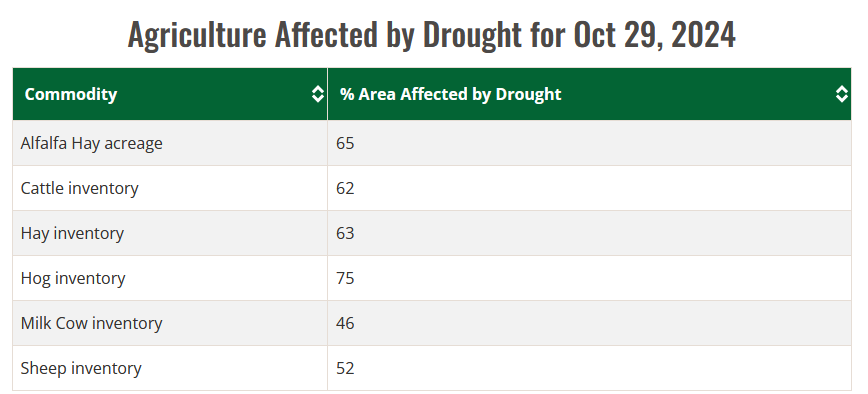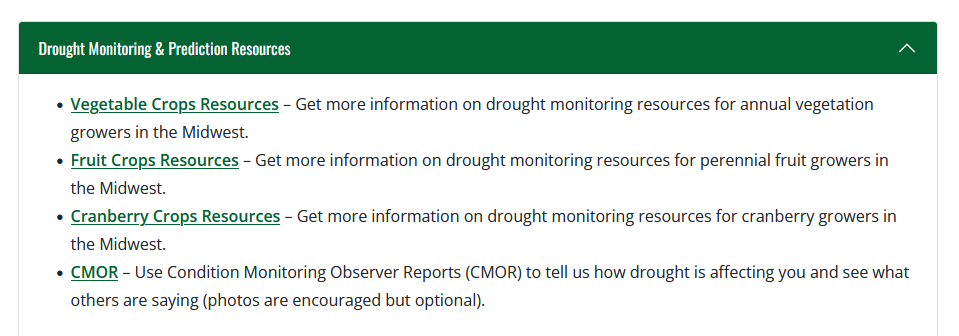Weather Outlook for the U.S. for Today Through at Least 22 Days and a Six-Day Forecast for the World: posted November 7, 2024
This article focuses on what we are paying attention to in the next 48 to 72 hours. The article also includes weather maps for longer-term U.S. outlooks (up to four weeks) and a six-day World weather outlook which can be very useful for travelers.
First the NWS Short Range Forecast. The afternoon NWS text update can be found here after about 4 p.m. New York time but it is unlikely to have changed very much from the morning update. The images in this article automatically update.
Short Range Forecast Discussion
NWS Weather Prediction Center College Park MD
351 AM EST
Valid 12Z Thu Nov 07 2024 – 12Z Sat Nov 09 2024…Heavy snow expected to impact portions of Colorado and New Mexico while
heavy rain, severe weather, as well as increasingly windy conditions sweep
across the Southern Plains through the next couple of days……Heavy rain threat over the Southeast is expected to gradually diminish
by this evening……Hurricane Rafael is forecast to track more westward away from the
Florida Keys and into the Gulf Mexico through the next couple of days……Record warmth continues from the Mid-Atlantic down into the Southeast
and along the Gulf Coast…Tropical moisture interacting with a disturbance under a broad channel of
southerly flow aloft has continued to produce heavy rainfall across the
Southeast this morning. The main dynamics associated with the disturbance
is forecast to track northeastward, allowing the heavy rain threat to
diminish by this evening as the disturbance tracks off the Carolina
coasts. WPC currently maintains a slight risk of heavy rain from eastern
Georgia into portions of South Carolina for today.Farther south, tropical-storm-force winds and squally downpours associated
with rainbands from Hurricane Rafael were impacting the western portion of
the Florida Keys this morning. Rafael is forecast to track more toward
the west, allowing the tropical storm conditions over the Florida Keys to
gradually subside through the remainder of today.Meanwhile, a winter storm continues to get organized across portions of
the central and southern Rockies and into the nearby High Plains. A
vigorous upper-level trough continues to plunge south and usher polar air
into the region while gradually develops a low pressure system over the
southern High Plains. The compact and vigorous nature of the upper low
will help sustain the snow in the general vicinity of Central/Southern
Rockies into the nearby High Plains (mostly within Colorado and New
Mexico) as the upper low rotates and lingers. If the upper low deepens
more than expected, the associated snow could linger in the same area
farther out in time. There is potential for a foot of snow to fall across
the Front Range of Colorado, while up to a few feet of wet snow is
possible farther south across the higher elevations near the Colorado-New
Mexico border and into northern New Mexico. Winter Storm Watches and
Warnings as well as Winter Weather Advisories have been expanded across
much of the aforementioned areas. In addition to producing snow, this
vigorous upper low could have changeable influences on the future track of
Rafael in the Gulf of Mexico. Please refer to NHC for the latest forecast
track on Rafael.In addition to the heavy snow, this low pressure system will bring heavy
rain and severe weather farther east across the Southern Plains by later
today. The highest threat of heavy rain is forecast to be expanding
across western Texas toward southwestern Oklahoma tonight into Friday
morning when the low pressure system develops and intensifies over western
Texas as it tracks northward. A band of severe thunderstorms can also be
expected to sweep across western Texas ahead of a potent cold front. Much
of the central to southern High Plains will come under an increasing
threat of high winds as well especially by this evening into Friday
morning when the low pressure system deepens most rapidly. This could
result in gale force winds to accompany heavy snow on Friday across the
central High Plains in Colorado, while wind-swept rain impacts Oklahoma
and Kansas, and severe thundertorms sweep east across Texas ahead of the
potent cold front. By Saturday morning, much of the rain should be
pushing east into the Arklatex region and into the Central Plains ahead of
the low pressure system. This will allow the Southern Plains to dry out.
However, heavy snow could linger across central Colorado into Saturday
morning depending on the strength of the low pressure system.Much colder temperatures are expected across the West behind the low
pressure system and a cold front; with 30s and 40s across the valleys and
dipping into the single digits in the cool spots for overnight lows. Make
sure to bundle up. Strong wind gusts along with lower moisture will
increase the risk for wildfires in the Southwest over the next few days.
Critical wildfire conditions persist across California where Red flag
warnings are in effect for portions of coastal and interior California.
The Storm Prediction Center has Critical Fire Conditions highlighted for
southern California with an extreme area in the vicinity of Santa Clarita
which will carry over for today. In contrast, record warm minimum
temperatures are forecast to continue from the Mid-Atlantic down into
theSoutheast and along the Gulf Coast through the next couple of nights.
High temperatures are not quite reaching record levels but will remain
well above normal for these areas for early November.













